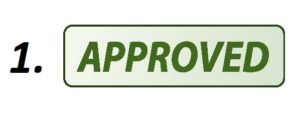According to the Bureau of Labor Statistics Report of Tenure in 2022, the average tenure of all workers is 4 years. That number goes down to an average of 3 years for 25-34 year olds. If average tenure is 4 years, then a company of 200 has 50 employees turning over each year. Since your corporate human assets are replaced every 4 years, it makes sense why successful companies use process and process documentation where-ever possible. Otherwise, 1 in 4 employees could be making questionable decisions based on whatever limited information and spotty business records that they found.
However, a business process doesn’t provide new employees with answers, it provides the path to find the answers. But what if the process is only loosely followed. …













